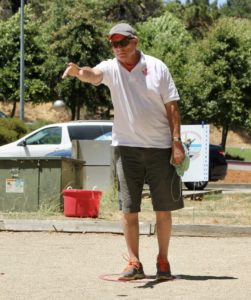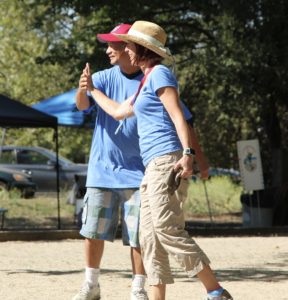Nowadays, surgery is almost like a rite of passage, a ritual bearing many similarities with the Pacific Line-crossing ceremony. At least once in your lifetime you will have to cross this line ( i.e. go under the knife) and get a fancy certificate attesting to it.

There are basically 2 kinds of surgery, benign and major. But regardless of the procedure, one always looks at it with some apprehension. You seldom worry about the procedure itself, but you often feel more uneasy about the sequels and the recovery period.
A surgical procedure is performed to improve the well being of a patient and it is sometimes humorously compared to Photoshop; it removes the unsightly or the unwanted. But such is not always the case. Depending on the dexterity of the surgeon, the results might not be as satisfactory as expected.
Prior to the surgical procedure you should consult with the surgeon and this individual should inspire confidence. He should sound reserved but self-assured and not over eager to tear into your flesh. Personally I would prefer a mature individual who has done at least one hundred similar procedures before working on me.
Surgery is an unpleasant but ultimately a necessary endeavor. When you have clear evidence of a significant problem, you cannot procrastinate. Neither God nor the Devil can help; you must put your faith in the hands of a surgeon and take the plunge.
The man wielding the scalpellum must be confident and clearly explain why and what he intends to do. And it would not hurt to double-check with him to confirm on what part of your anatomy he intends to proceed.
Some women worry about the scars. I don’t. Scars are like tattoos; they can be fascinating and under good lighting conditions they can even look cool.
I will go under the knife August 4th for “Thoracic Fusion for Spinal Stenosis“. It is a major operation and according to the surgeon I might be out of commission for 2 or 3 months. I hope to be fully operational by November, before Thanksgiving.
But after this procedure, I definitely expect to emulate the moves of the Kizomba group shown below:

 Nobody likes a troublemaker, especially when he does things better than you do. Nobody cares for a chick lecturing a rooster. Right?
Nobody likes a troublemaker, especially when he does things better than you do. Nobody cares for a chick lecturing a rooster. Right? The best way to take candid snapshots is by using a zoom lens. This way you can catch people in a natural state, totally unaware that their faces and their actions mirror their most inner emotions.
The best way to take candid snapshots is by using a zoom lens. This way you can catch people in a natural state, totally unaware that their faces and their actions mirror their most inner emotions.